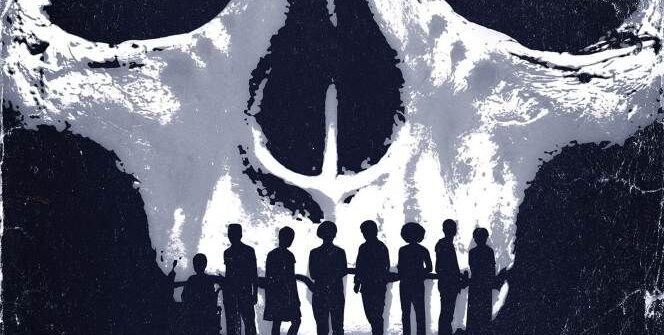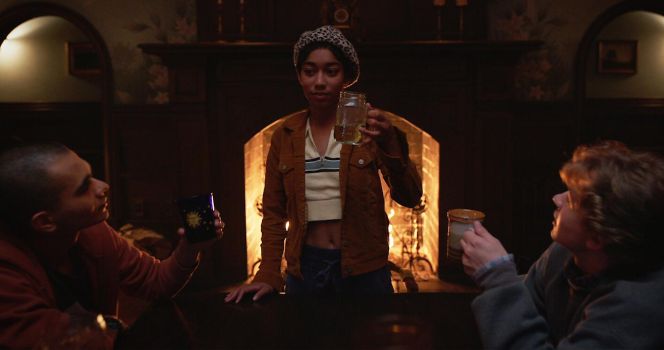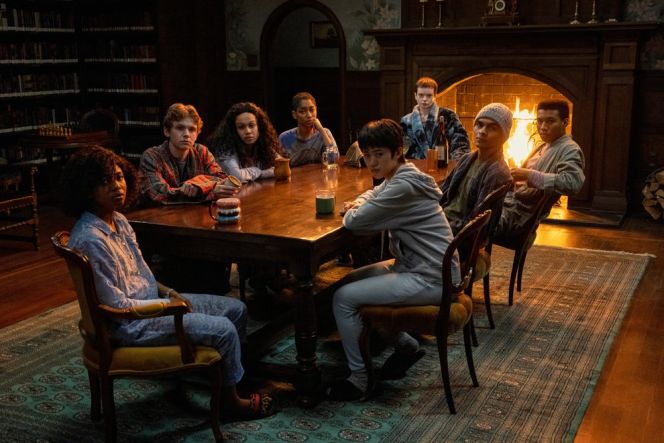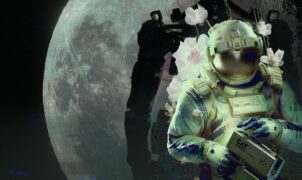SERIES REVIEW – Set in the 1990s and set in a hospice, Mike Flanagan’s horror series about terminally ill teens is most concerned with how a life, or a story, ends.
Like so many horror filmmakers and series creators before him, Mike Flanagan is a master of the haunted house genre. With both The Haunting Of Hill House and The Haunting Of Bly Manor, he has proven himself adept at exploring every corner of this age-old storytelling device for those who share his interest in the afterlife, both narrative and spiritual.
Along with Leah Fong, Flanagan has developed Christopher Pike’s 1994 novel The Midnight Club into a series about teenagers that is altogether captivating, though often of a slightly wavering quality, and relies on the mitigating power of storytelling for its narrative. Indeed, these earlier series have allowed Flanagan to offer new twists on old classics. Like those titular haunted houses, he created stories that emphasized how traumas of the past can reverberate into our present, reminding us that there is a fine line between the supernatural and emotional horror.
Ilonka’s final chapter
With the opening episode, The Final Chapter, The Midnight Club immediately announces its penchant for endings. This series revolves around a hospice for terminally ill teenagers, so the very idea of how life (and a story) ends is very much to the fore in Fong and Flanagan’s adaptation. Our entry into Brightcliffe Hospice is the comically Hungarian Ilonka (Iman Benson), a young girl in foster care who, in defiance of her thyroid cancer diagnosis, decides to refuse care and spend her remaining months with children her age who have a similarly short life outlook. Like all ghost stories, there is only more to Brightcliffe than first meets the inexperienced eye.
First, there is the titular club. Every midnight, hospice teenagers gather in the library to distract themselves from their daily lives and tell stories to each other: ‘To those who came before us, to those who came after us’, it goes, ‘to us now, and to those who come after us’. Visible or invisible. Here, but not here.” As Ilonka soon learns, the club has been running for years, even decades, with members coming and going.
But there’s also the club’s most important mission – a vow: when they die, each member promises to deliver a message from the afterlife. Proof that there is an afterlife. Such a set-up would make for a fascinating YA horror anthology in itself, as many stories from Black Swan to The Terminator evoke everything and wrestle with what it means to let go of those we love and those we wish we could let go of.
A meditation on the transience of life
Except the Midnight Club has bigger ambitions. For Ilonka has come to Brightcliffe not only to find peace in her final death. Always the curious student, Ilonka knows that the place – indeed, the land – has an esoteric history of which her new housemates know little. Sacrifices and cults, ancient goddesses and miraculous cures – and yes, even a hint of the supernatural. Which explains why he sometimes sees lurking shadows and creepy older women haunting the corridors. The deeper Ilonka delves into Brightcliffe’s history, and the closer she gets to her newfound friends there, the more The Midnight Club turns out to be a sprawling meditation on mortality. On finality. And perhaps even the failed promise of closure.
It wants to be too much
Structurally, however, the series often wants too much at once – by marrying two separate elements. On the one hand, it’s a serialised story about a group of teenagers struggling with death. And at the same time, it’s an anthology of horror stories that break the same theme. That means that each episode has a stop-start rhythm, where the plot literally stops itself in order to travel to one of the Club’s many (usually thrilling, sometimes a bit lame or clichéd) late-night narratives (played, it should be noted, by the same cast who have proven particularly adept at mastering the many generic shifts from tale to tale).
It is not that The Midnight Club has difficulty weaving these two threads together. It’s that such an interweaving inevitably comes at a price. Sometimes we wish we could stay longer with the story within the episode; at other times we wish we could spend more time in Brightcliffe and the teenagers’ current lives (a subplot about a young man’s HIV/AIDS diagnosis, in particular, underpins some of the series’ most touching moments).
Overall, The Midnight Club is a relatively entertaining horror series and a fair Halloween-adjacent October Netflix offering for those hungry for a little Flanagan horror about youth, passing, cult science, and the nineties. Far from perfect, but still likeable.
-BadSector-
The Midnight Club
Rendezés - 6.8
Actors - 7.2
Story - 6.4
Visuals/horror - 6.2
Ambience - 6.8
6.7
FAIR
Overall, The Midnight Club is a relatively entertaining horror series and a fair Halloween-adjacent October Netflix offering for those hungry for a little Flanagan horror about youth, passing, cult science, and the nineties. Far from perfect, but still likeable.







![SkyShowtime Presents the Stylish Trailer for the Spy Thriller Series PONIES [VIDEO]](https://thegeek.games/wp-content/uploads/2025/12/theGeek-A-ket-poni-302x180.jpg)









Leave a Reply